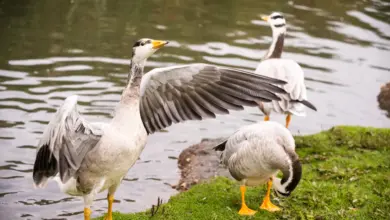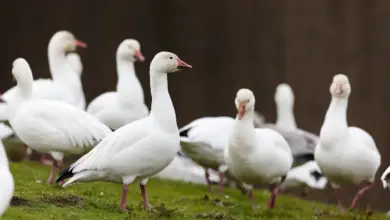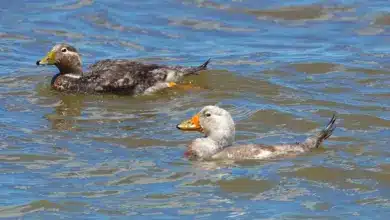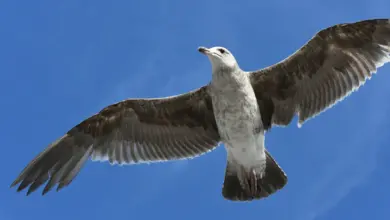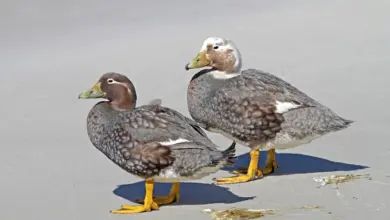Black-headed Ducks
Black-headed Ducks
The Black-headed Ducks (Heteronetta atricapilla) are South American ducks.
Description
These ducks are small and dark plumaged.
The male has a black head and mantle and a paler flank and abdomen.
The female has a mostly pale brown plumage.
Unlike other members of its family, it doesn’t have a stiff tail and swollen bill.
Distribution
They occur naturally in North Chile, Paraguay, and North Argentina, where they live in swamps, lakes and marshes.
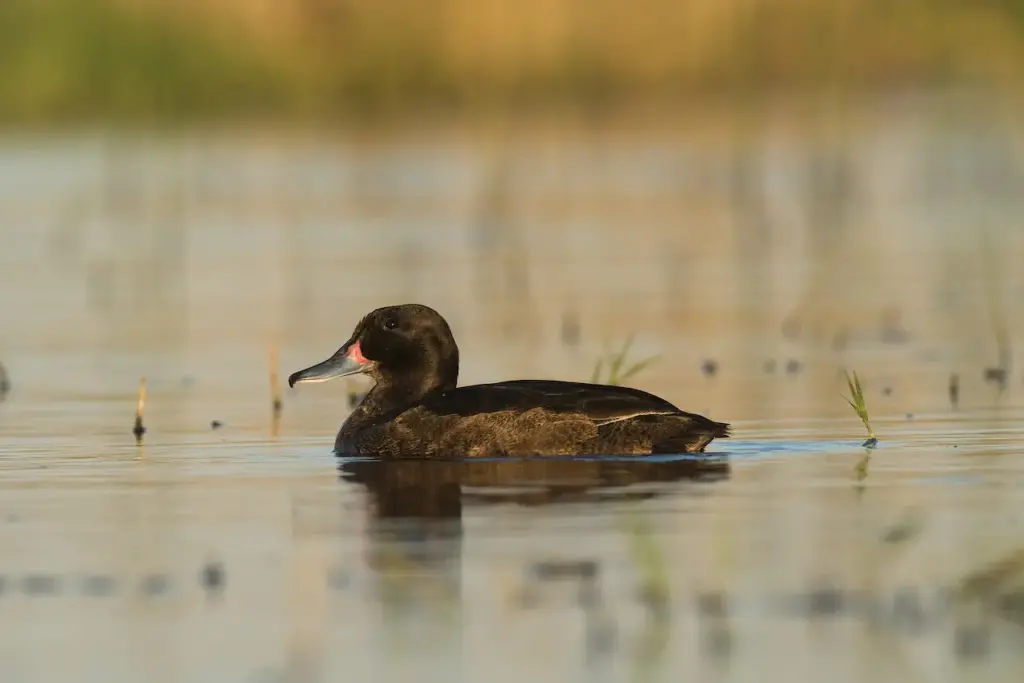
Nesting / Breeding
The Black-headed Duck are obligate brood parasite, which lay their eggs in the nests of other birds, using Rosybill (Netta peposaca) and other ducks, coots (Fulica species), and occasionally even gulls and birds of prey as hosts for their broods.
Their eggs hatch after about 21 days and are independent within hours of hatching.
More Duck Resources
Diet / Feeding:
Black-headed duck feed on seeds, roots and leaves of aquatic plants, as well as eating aquatic insects and crustaceans. They feed by diving.
Ducks generally feed on larvae and pupae usually found under rocks, aquatic animals, plant material, seeds, small fish, snails and crabs.

